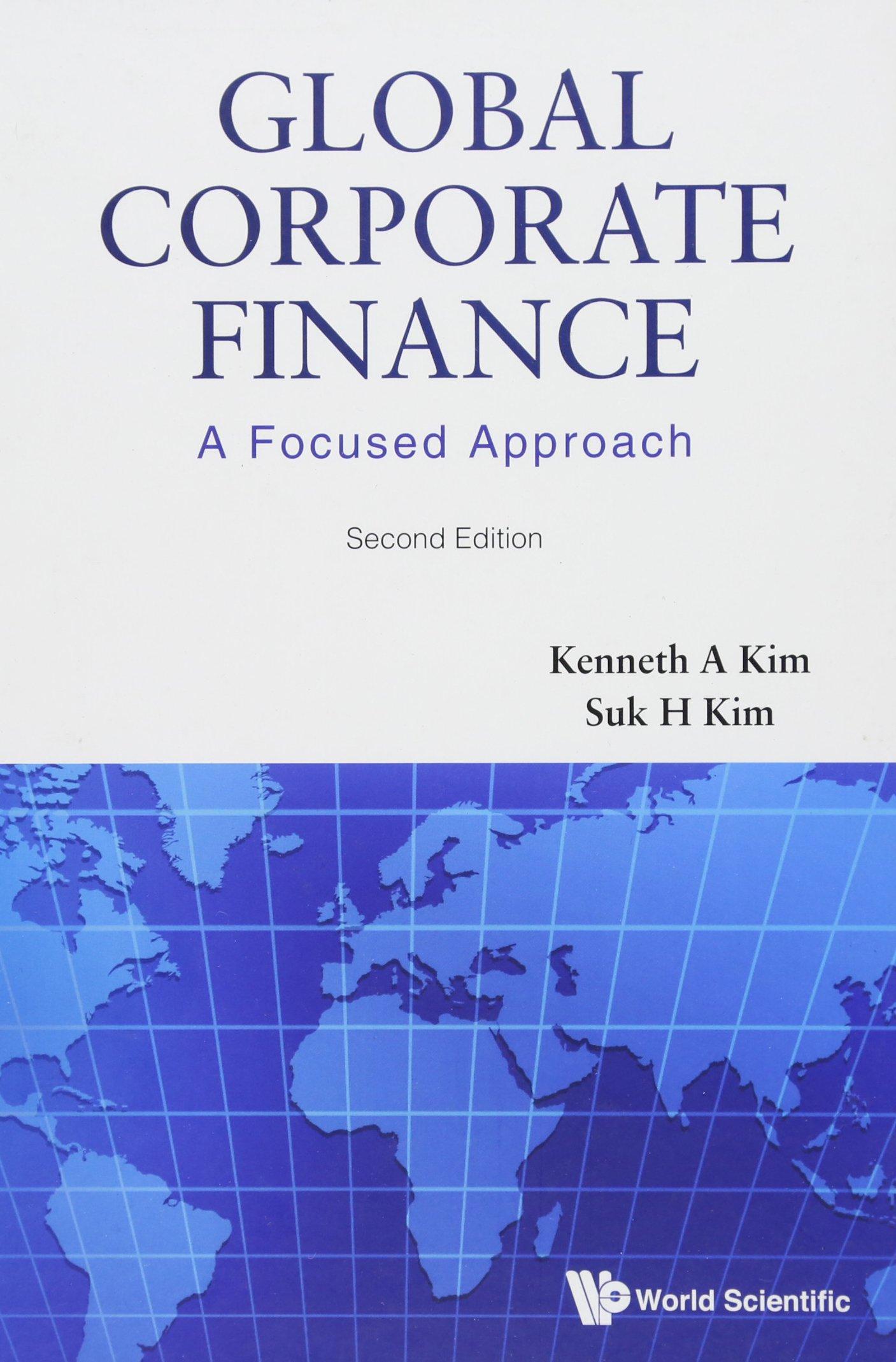Answered step by step
Verified Expert Solution
Question
1 Approved Answer
A second version of the Markowitz portfolio model maximizes expected return subject to a constraint that the variance of the portfolio must be less than
A second version of the Markowitz portfolio model maximizes expected return subject to a constraint that the variance of the portfolio must be less than or equal to some specified amount. Consider the Hauck Financial Service data.
Click on the datafile logo to reference the data.
Annual Return
Mutual Fund Year Year Year Year Year
Foreign Stock
IntermediateTerm Bond
LargeCap Growth
LargeCap Value
SmallCap Growth
SmallCap Value
a Construct this version of the Markowitz model for a maximum variance of
Let:
FS proportion of portfolio invested in the foreign stock mutual fund
IB proportion of portfolio invested in the intermediateterm bond fund
LG proportion of portfolio invested in the largecap growth fund
LV proportion of portfolio invested in the largecap value fund
SG proportion of portfolio invested in the smallcap growth fund
SV proportion of portfolio invested in the smallcap value fund
the expected return of the portfolio
Rs the return of the portfolio in years
If required, round your answers to two decimal places. For subtractive or negative numbers use a minus sign even if there is a sign before the blank Example: If the constant is it must be entered in the box. If your answer is zero enter
Max
st
FS
IB
LG
LV
SG
SV
R
FS
IB
LG
LV
SG
SV
R
FS
IB
LG
LV
SG
SV
R
FS
IB
LG
LV
SG
SV
R
FS
IB
LG
LV
SG
SV
R
FS
IB
LG
LV
SG
SV
FS IB LG LV SG SV
btableMutual Fund,Year Year Year Year Year Foreign Stock,IntermediateTerm Bond,LargeCap Growth,LargeCap Value,SmallCap Growth,SmallCap Value, Solve the model developed in part a
If required, round your answers to two decimal places. If your answer is zero, enter
FS
IB
LG
LV
SG
SV
Portfolio Expected Return

Step by Step Solution
There are 3 Steps involved in it
Step: 1

Get Instant Access to Expert-Tailored Solutions
See step-by-step solutions with expert insights and AI powered tools for academic success
Step: 2

Step: 3

Ace Your Homework with AI
Get the answers you need in no time with our AI-driven, step-by-step assistance
Get Started


